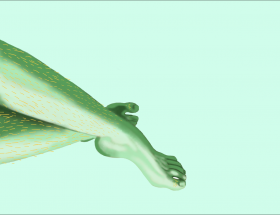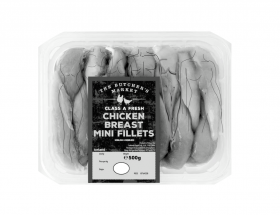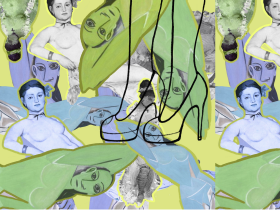If statues could walk and slip their marble bodies into human flesh, watching Michelangelo’s David march into a gym would only be surprising (and slightly problematic) because of his height.
His figure would be a motive of envy, precisely because, to this day, it continues to represent what W
It is no secret, but a widely acknowledged fact, that the expectations facing men and women in terms of physical appearance have historically been, and continue to be, completely different. What the David and Venus example reflects, however, and what a brief glance at the history of art undoubtedly supports, is a more complex difference: while masculine beauty standards have remained unchanged throughout time, feminine ones have not.
Tall. Broad shouldered. Muscular. The ideal male body appears to be one defined to rule over others and protect his loved ones, one to engage in violence and competition, be it in the more rudimentary ways of the cavemen fighting each other, or in becoming breadwinners within families. It is the ultimate embodiment of highly valued character traces, of strength, power, confidence; it is the reflection of all the roles which (according to traditional gendered understandings of behavior) only men can take up.
It becomes, in sum, the physical essence of the historically perceived superiority of men.
It is precisely because of the gendered hierarchy underlying the conception of ideal body types, that this universality is not mirrored within the female domain. It is undeniable that throughout a long period of time, the image of the perfect female body remained relatively static. As individuals whose existence was reduced to the one biological function which clearly distinguished them from men (the creation of human life), their canon did not reflect who they could be as individuals, but the purpose they ‘should’ serve.
Wide hips, large breasts, clearly defined curves, the most prominent characteristics of the Willendorf Venus equated the ideal woman to a human-childbearing-and-rearing-machine.
This model, however, did not remain unchanged. In what one could deem to be a demonstration of Simone de Beauvoir’s theory of the ‘female other’ as a mirror for the construction of ‘the superior male’, the belief in the intrinsic difference between the two became the driving force behind the continuous shifts in the understanding of what the perfect woman was. While womanhood continued to be inseparable from the aforementioned socio-biological activities, the female body was the stone to be sculptured according to the role it was intended to fulfill. From narrow-corseted-waists which turned courtly women into ‘delicate’ and ‘beautiful’ subjects to the satisfaction of the male lust, to the curvaceous figures which rendered them an eternal temptation, model female bodies were, unlike their male counterparts, extensively defined as intrinsically sexual, as the epitome of the most primal male fantasy. Both at the beginning of the 20thcentury, coinciding with the recent victory of women’s suffrage in the US, and towards the end, coming hand-in-hand with the solidification of women’s partaking at jobs, female beauty standards put forward more androgynous canons. Distancing themselves from the ‘fuller’ body image, they placed emphasis on much slimmer bodies which were presented as symbols of ‘the liberation of women’ or of the rejection of the ‘absurdly healthy-looking’ image. However, the coincidence in time of female ideal types which evoke weakness, fragility and powerlessness with two of the major successes in the advancement of their rights and in the improvement of their situation suggests that the models sought to undermine the social strength of women at a time at which
The feminine beauty canon was therefore not a projection of the female identity nor of its values, but a physical representation and extension of the existing hierarchical nature of the relations between genders.
It is after the turn of the 20thcentury, especially from the 1950s onwards, when the merely descriptive character of these models– that is, their lack of explicit comment on there being the obligation to comply with
Today, the concept of a single type of ideal beauty seems to be fading away; in a world where globalization has been openly embraced, there exists a growing awareness of the fact that ‘beauty can come in all shapes and sizes’, with features specific to non-white racial groups being increasingly included within the definition. As positive as this social shift is, we must be careful not to confound it with absolute progress, not to view it as an
In a society whose economic system has, on a social level, slowly developed the strategy of creating needs to sell us the solutions, of manipulating us into believing that the vast majority of us are intrinsically flawed, the notion that female beauty represents a purpose to be served has not been eliminated. It has been extended to include everyone. It is no longer a reflection of the relationship between genders– it is a reflection of the relationship between all genders and the system, of the reduction of human beings into exploitable sources of economic value.
It is a reflection of the ongoing tyranny of beauty.




